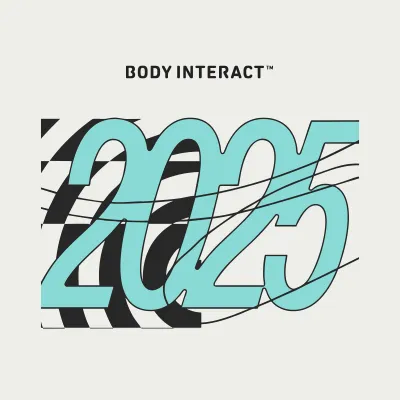Virtual Patient Simulations for After-School Programs
In today’s rapidly evolving educational landscape, the need for innovative approaches to teaching health sciences to high school students has never been more critical. Aligned with this idea, Body Interact recently hosted an insightful webinar, “Go Beyond the Classroom: Virtual Patient Simulations for After-School Programs,” featuring guest speaker Jeff Hartz, Center Director for East Indiana Area Health Education Center, who shared valuable insights on leveraging Virtual Patient Simulations to enrich after-school programs.
Understanding Area Health Education Centers (AHEC)
Jeff Hartz opened the webinar by discussing the important role of Area Health Education Centers (AHECs) in the United States. AHECs are designed to facilitate local health workforce development by bundling federal funds with state and local resources. The core mission of AHECs revolves around building strong partnerships between academic institutions, clinical facilities, and community entities. These collaborations are crucial in creating educational opportunities for high school students interested in health careers, especially in settings outside traditional classrooms.
AHECs are not schools themselves, but they play a vital role in coordinating various health career programs for high school students. These programs often take the form of short-term engagements such as summer camps, after-school initiatives, and work-based learning opportunities integrated into students’ schedules.
The Challenge: Teaching Patient Assessment to High School Students
One of the significant challenges in health career programming for high school students is teaching patient assessment in a structured, hands-on manner. Many students involved in these programs have varying levels of science knowledge and may not have the certifications required for traditional clinical experiences. This is where Body Interact’s Virtual Patient Simulations shine.
Body Interact offers a cutting-edge solution for health education programs through its Virtual Patient Simulations. Unlike traditional manikins, it provides a more flexible and interactive approach to patient simulations. Our technology allows for consistent, structured patient assessments while offering an easy transition from guided practice to small group work.
Hartz highlighted the advantages of incorporating Body Interact into after-school programs, emphasizing how it offers early exposure to simulation as a clinical learning modality. In just a 2-3 hour block of time, students can gain valuable experience in patient assessments, including vitals assessments and the ABCDEs.
Positive Feedback from Students
The webinar highlighted some of the positive feedback received from students who have participated in programs utilizing Body Interact’s virtual patients. Many students reported a better understanding of critical patient assessment concepts, such as ABCDE assessments, after using the simulations. For example, one student mentioned, “I understood ABCDE assessments when shadowing nurses,” while another appreciated the realism of the simulations, noting, “Patients on oxygen or receiving IV meds made more sense to me.”
Students also found value in the practical aspects of the simulations, such as learning about patient safety steps like handwashing and checking IDs. The ability to revisit and retry cases was particularly appreciated, with one student saying, “I liked that we could go back and solve a case again and try different approaches if we didn’t get it right the first time.”









